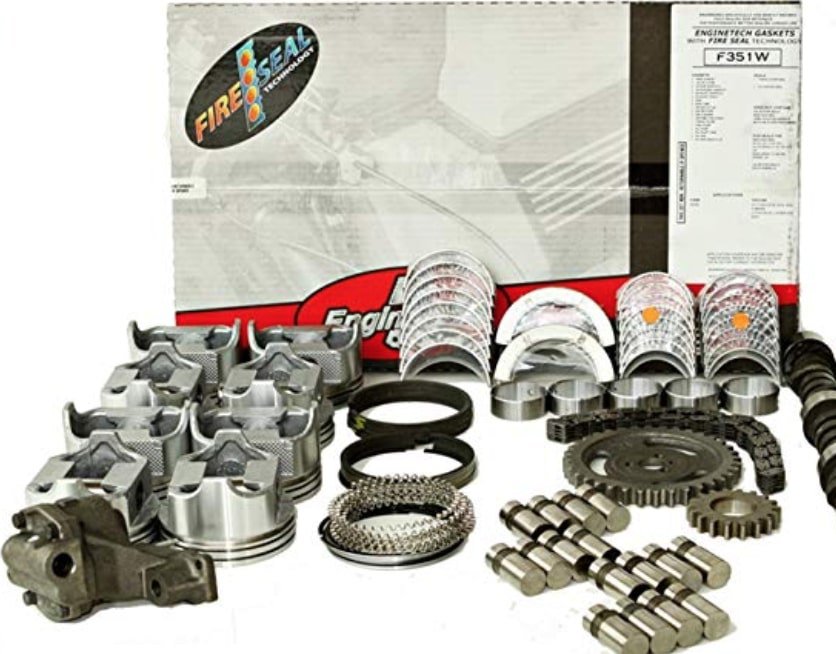A rod knock is a very serious problem. If your Kia Rio has a knocking rod, it’s almost always going to be caused by a failure of the rod bearing or the rod caps (leading to a spun bearing) or lack of oil.
If you do have a rod knock, don’t ignore it for too long. Your Rio’s engine will not survive long with it. Once it starts, the bearing surface only wears down faster and eventually it will throw a rod. The rod can eject itself from the engine, ruining it and leaving you in need of a new engine
Rod Knock Symptoms: Kia Rio
The most obvious sign of a rod knock is the knocking noise itself. If it is the rod that’s making the sound, it must directly correspond with the engine RPM. If the knocking sound changes with the vehicle speed, you may have a bad axle shaft or suspension problem.
The knocking will sound very metal on metal. Almost like someone is beating your Rio’s engine with a hammer. The knocking sound is usually the worst at idle, or when backing down off of the gas.
With a rod knock, if you drain your oil you should notice metal shavings. Those shavings are tiny pieces of the rod bearings that have disintegrated.
If the noise only seems to occur when your engine is cold, it’s probably piston slap or an exhaust leak.
Rod Knock Causes: Kia Rio
There are only a few issues that can cause a rod to start knocking. The most common cause is a spun bearing. The rod bearing basically floats on a cushion of oil between it and the crankshaft. If the rod bearing wears enough, it’ll be too much for this cushion and you’ll hear a rod knock sound.
1. Spun Bearing
The bearing that sits between the rod and the crankshaft can spin in place. When this happens it can move out of position and your Rio will develop knocking rods.
2. Rod Cap Stretch
This rod caps score the rods to the crankshaft. It is not uncommon for them to stretch in harsh conditions. Once this happens the bearing will spin and your Rio will get a rod knock.
3. No Oil
The fastest way to destroy an engine is to run it with no or low oil. Even a moment without any oil is enough to spin a rod and get a knock. See: Rio Oil Leak Diagnosis
Rod Knock Fix: Kia Rio
The only way to fix a rod knock is to replace the rod bearing in question. There’s almost always much more to it than that. Doing this job properly means a whole engine rebuild is in order.
At the very least, you’re going to want to replace all of the rod bearings, piston rings, crank bearings, oil pump (you’re right there anyway) and get back on the road. A good rebuild kit is essential. It may very well be that you’ll need to have to get new rods and a new crank too. It’s tough to know without taking a look in there first and seeing how much damage was done.
Another option might be to just get a remanufactured engine. They are more than a rebuild kit, but you don’t have to worry about the quality of the job once you’re done.
Rod Knock Diagnosis
Making sure that it’s actually your Rio’s rod that is knocking is critical. Really, there are very few things that sound like it. It should sound so bad that you are afraid to drive the vehicle.
One of the best ways to tell if you have a rod knock is to use a socket extension and push on the piston when it’s on the downward stroke. It’s very faint, but you will feel some play if you push down on the bad rod. You will also hear some metal on metal. This method works as long as you have clear access to all of the cylinders. There’s a great video on how to do this directly above.

Conclusion: Rio Rod Knocking
The repair cost of a rod knock in your Rio is going to depend largely on how long the engine has been running like this. You may get away with a simple rebuild, or a new engine may be in order. Good luck!

